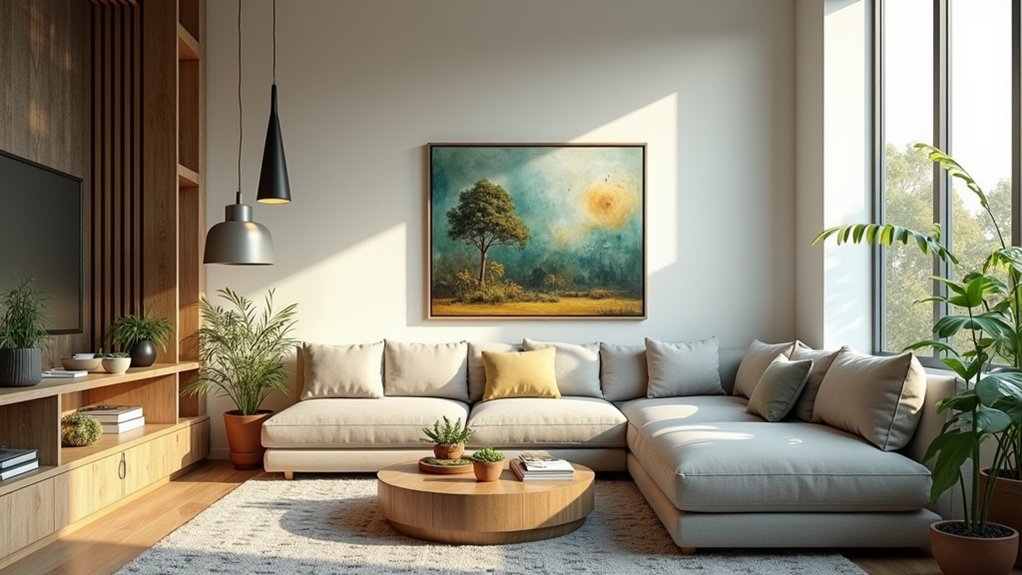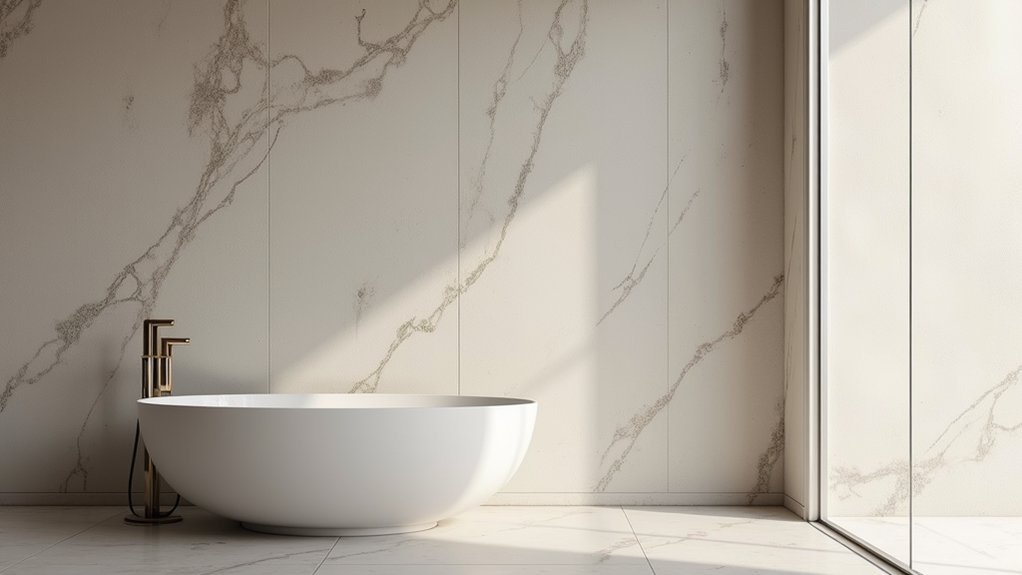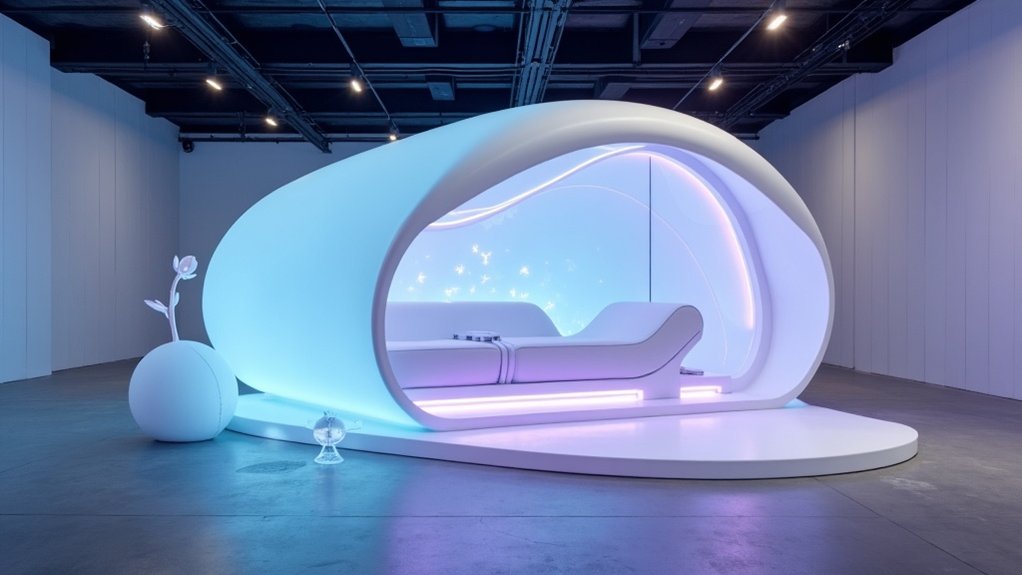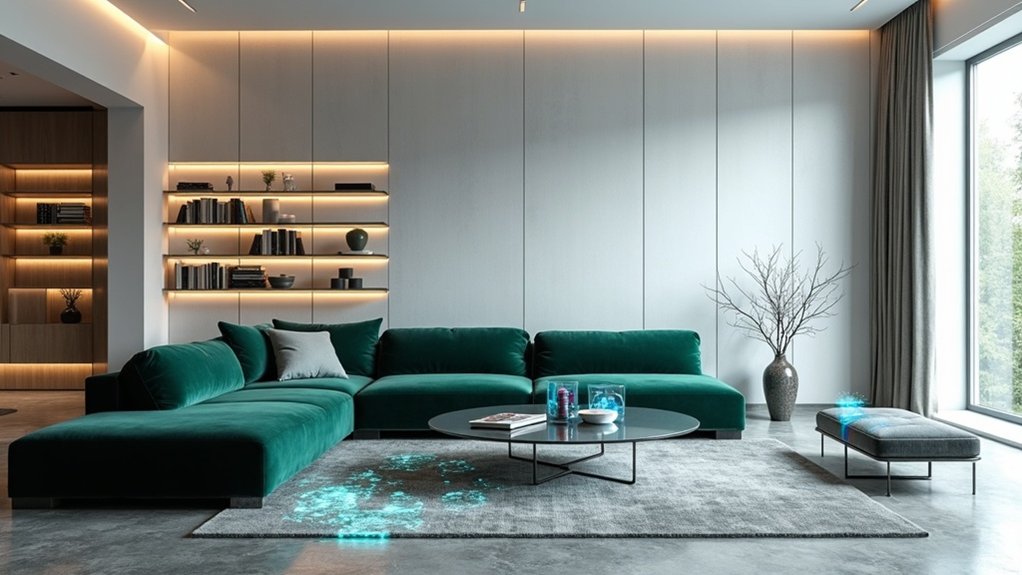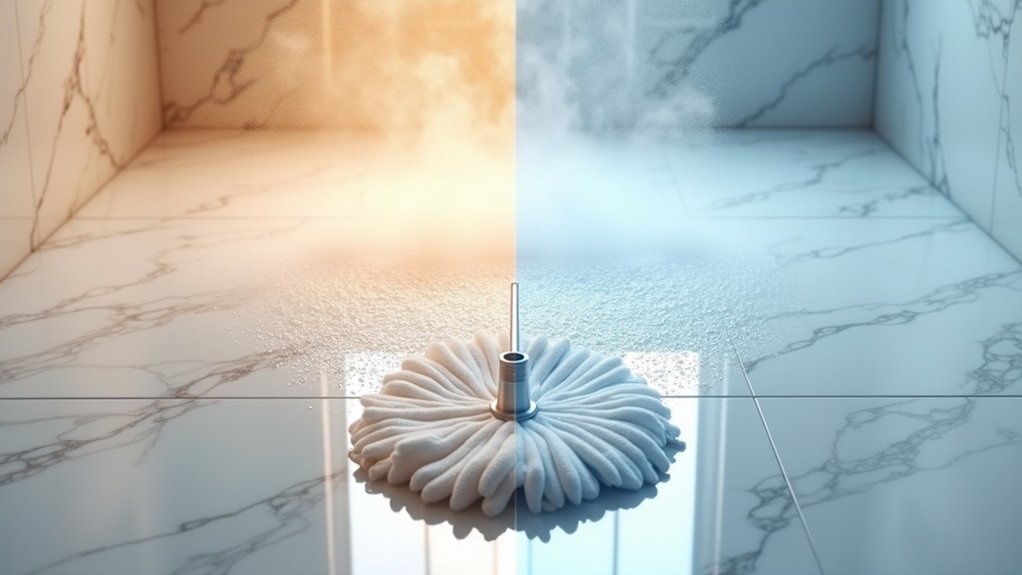As humanity continues to grapple with increasingly urbanized environments, biophilic design has emerged as a transformative movement in architecture and interior spaces, projected to reach $3.14 billion globally by 2028.
With a compound annual growth rate of 10.2% from 2023 to 2028, this design philosophy, which integrates natural elements into living spaces, is reshaping how we conceptualize indoor environments.
The rapid growth of biophilic design reflects a fundamental shift in how we envision and create our indoor living spaces.
The movement’s popularity is evident across social media platforms, with #biophilicdesign garnering 310,000 Instagram posts and #indoorgarden accumulating 2.2 million posts.
This digital enthusiasm reflects a broader cultural shift toward nature-inspired spaces, as 84% of respondents acknowledge biophilic design’s positive impact on employee well-being.
Dr. Graeme Larsen emphasizes that “biophilia is a powerful concept for helping understand sustainability,” highlighting its role in creating healthier, more restorative environments. The incorporation of eco-friendly materials has become paramount in sustainable biophilic design practices. Many designers are incorporating curved furniture to reflect organic forms found in nature.
Commercial spaces are embracing this trend through the installation of living walls, natural timber flooring, and improved natural lighting. Additionally, the use of natural air purification systems is becoming increasingly popular to enhance indoor air quality.
Kerry Nicholson notes that natural light and ventilation are “crucial to create stress-free environment,” explaining why 75% of office occupiers are willing to pay premiums for biophilic features.
The integration of these elements helps establish a harmonious relationship between indoor spaces and nature, counterbalancing the artificiality of modern workplaces.
In residential settings, the trend is evolving beyond simple houseplants to encompass extensive indoor gardens and water features.
Homeowners are creating multifunctional environments that seamlessly blend nature, technology, and personal expression.
This approach, first conceptualized by biologist Edward O. Wilson in the 1980s, speaks to humanity’s natural affinity for nature and offers a practical solution for reintroducing natural elements into urban living spaces.
The movement’s core elements focus on creating deeper connections with nature through the thoughtful incorporation of light, air, water, plants, and organic shapes.
